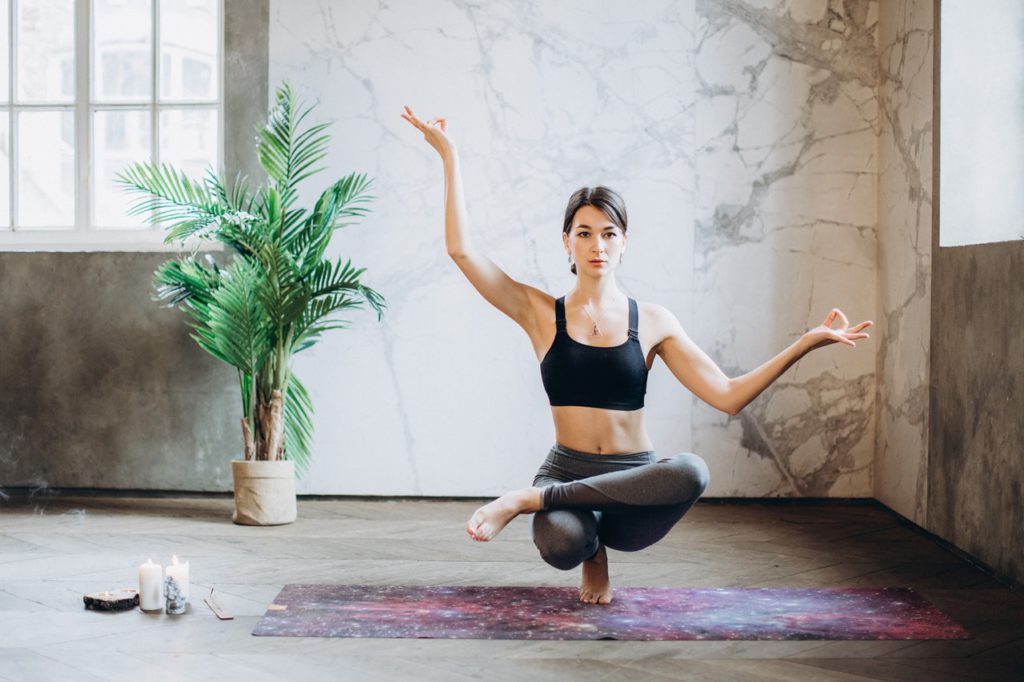
Some of the most common physical training methods include strength and conditioning, endurance, and flexibility. These are target categories that are popular amongst fitness junkies and newbies alike, but there is one significant training exercise that is often not included in the list: balance training. Despite the reality that improved balance can offer a myriad of benefits (including reduced risk of injury and improved coordination, to name a few), the notion of balance training is often overlooked in the vast realm of health and fitness. When it comes to the practice of yoga, balance is essential to mastering many advanced poses, and can be an incredibly handy physical skill to possess in one’s daily life. While the benefits of optimized balance are scientifically established, resources that promote balance training are few and far between; this can pose a challenge for interested parties who want to know where or how to begin. In an effort to shed light on the benefits of balance work, we will be reviewing the various benefits associated with good balance, and a few yoga poses that are proven to improve your balance!
Benefits of Improved Balance
Balance affects even the most basic aspects of our day-to-day activities, including standing, walking, and even bending down to pick up a coin. It shouldn’t come as a surprise that superb balance can greatly enhance our athletic performance, coordination, and proprioception. Listed below are a few key benefits associated with balance training, many of which are interconnected:
Improved coordination:
Improving your balance is directly correlated to your physical coordination skills. When we first embark on balance training, many of the exercises involve static stability. As balance exercises become more involved, coordination enters the forefront. When we take a spill during a brisk walk, it’s often due to lack of coordination, i.e., reduced ability to simultaneously control and harmonize more than one moving part of the body. Improved coordination not only greatly reduces the risk of taking a nasty spill, but also boosts reaction time. Those with a speedy reaction rate are able to coordinate their movements moments in advance and execute them more swiftly, promptly, and effectively. Though there may not be a way to ensure that we never sustain physical injury, possessing excellent coordination skills can lend us the ability to prevent a fall or reduce the impact of a fall.
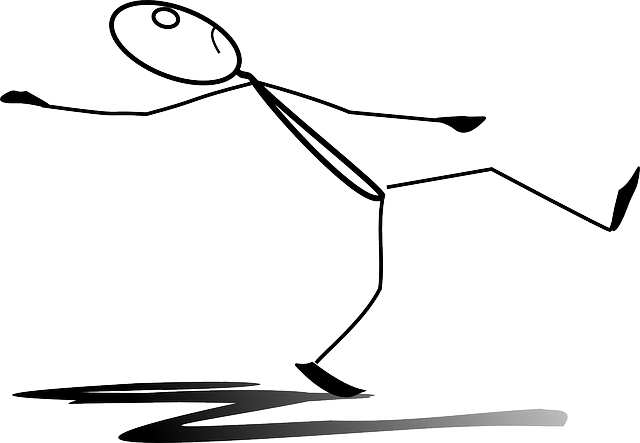
Proprioception:
Proprioceptors are mechanosensory neurons located throughout the muscles and joints of our body. These neurons grant us a sense of proprioception, or kinesthesia, which is “the sense through which we perceive the position and movement of our body, including our sense of equilibrium and balance.” Try closing your eyes right now, and see if you’re able to touch your nose. Your ability to do this is fueled by proprioception, but it’s not an ability we often credit because this sensory capacity requires little to no conscious thought. That being said, it is a significant basis of many of our day-to-day functions. This sense of bodily and positional awareness helps us fluidly navigate our surroundings and our own bodies. As we improve our balance, our sense of body awareness is heightened, leading to reduced risk of bodily injury.

Improved posture:
Balance and posture are very much interrelated, and both need to be optimal in order to achieve overall functionality. Older adults often complain postural changes, which commonly manifest in the form of hunched shoulders and a rounded spine. This can often be traced back to one’s balance; one’s ability to maintain stability and adequate balance declines with age. Balance work can be tremendously helpful in this front. Balance training consists of static (remaining stationary) and dynamic (allowing for movement) poses that teach your body what your natural alignment should look and feel like. Poor posture can also be the result of weak upper and lower body muscles. Balance training heavily involves the strengthening of muscles. As we strengthen our muscles, we create the foundational means to promote consistently better posture.
Improve Your Balance With These Yoga Poses
Mountain Pose
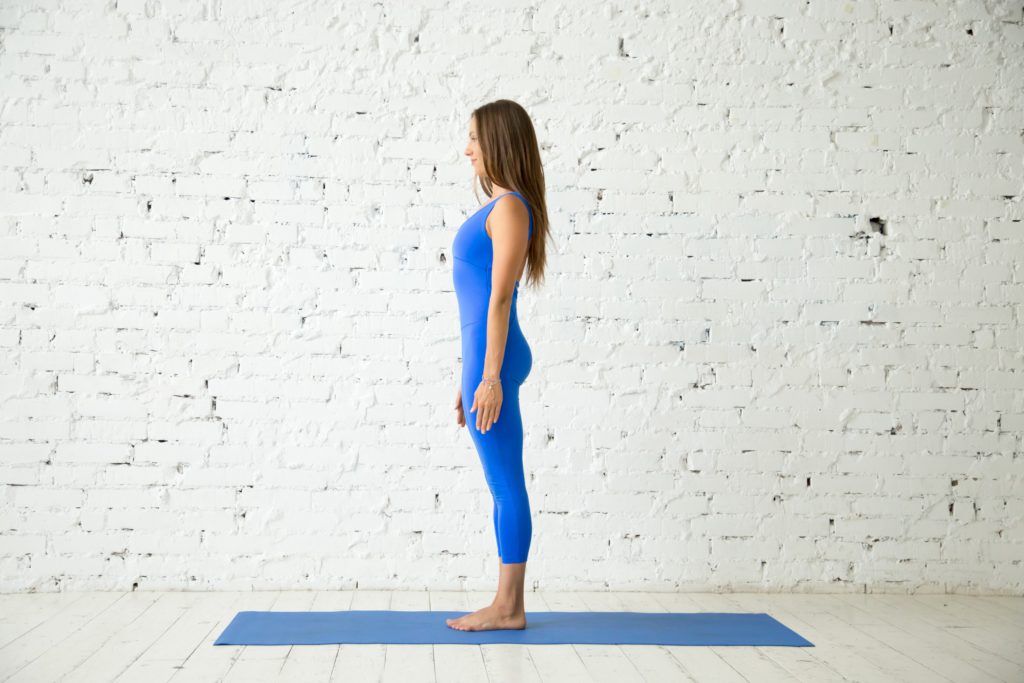
- Step onto your mat, standing tall with your feet hips-width apart. Alternatively, you can choose to bring your feet together, with big toes touching and your heels ever so slightly apart. With your feet grounded, use your heels and toes to press down further into the mat.
- Assess your alignment, ensuring that you are standing tall and straight.
- Engage your thigh muscles, and try firming them slightly without allowing the rest of your body to tense up. You can turn your inner thighs slightly inward.
- With your arms at your sides, turn your palms to face forward.
- Direct your focus to your breath work throughout this pose. Imagine that your stomach is expanding with each inhalation, and deflating with each exhalation. As you inhale, try to lengthen your posture. As you exhale and your belly deflates, try to draw your navel in towards your spine.
- Try to engage in this pose for at least 30-60 seconds. Mountain Pose is a great jumping-off point to enter many other poses, and is often implemented for transitions and yoga sequences.
Tree Pose
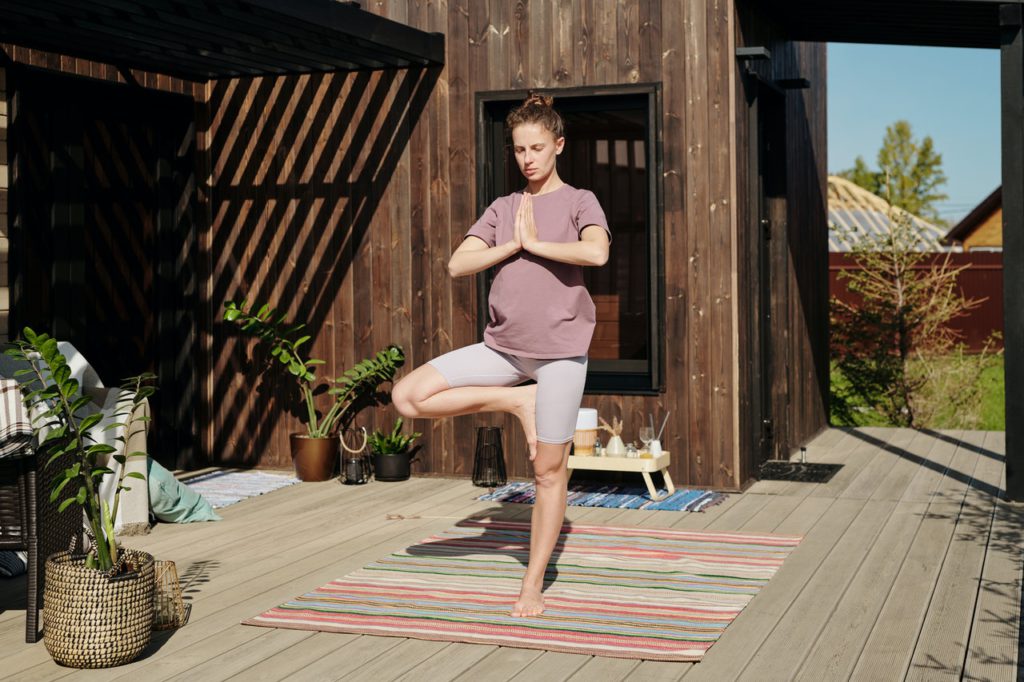
- From Mountain Pose (told ya this was a great transitional pose!), place your palms together in a prayer formation and hold them to your heart, or to the center point of your chest.
- Slowly shift your body weight to your right leg as you begin to lift your left foot off the mat. Ensure that your right leg is able to manage the shift in weight. Then, as you bend your left knee, use one hand to direct your left foot towards your right thigh. The sole of your left foot should be placed on your inner right thigh. However, you can modify this step to place your left foot closer to your shin. The sole of your left foot can be placed virtually anywhere above or below the knee, but avoid placing it directly on your right knee.
- There should be firm contact between your left sole and right thigh (or shin). Try to keep them pressed against each other in order to maintain balance and hip alignment throughout this pose. Be mindful of your posture and try to keep your spine tall and straight throughout.
- From here, the goal is to maintain this pose as long as you are able to. It can be very helpful to find an unmoving focal point to dedicate your undivided attention to. I personally find it easiest to maintain this pose when my focal point is a small object or decal, like a specific dot on my rug. Try tinkering around with different focal points and see what works best for you!
Side Plank Pose
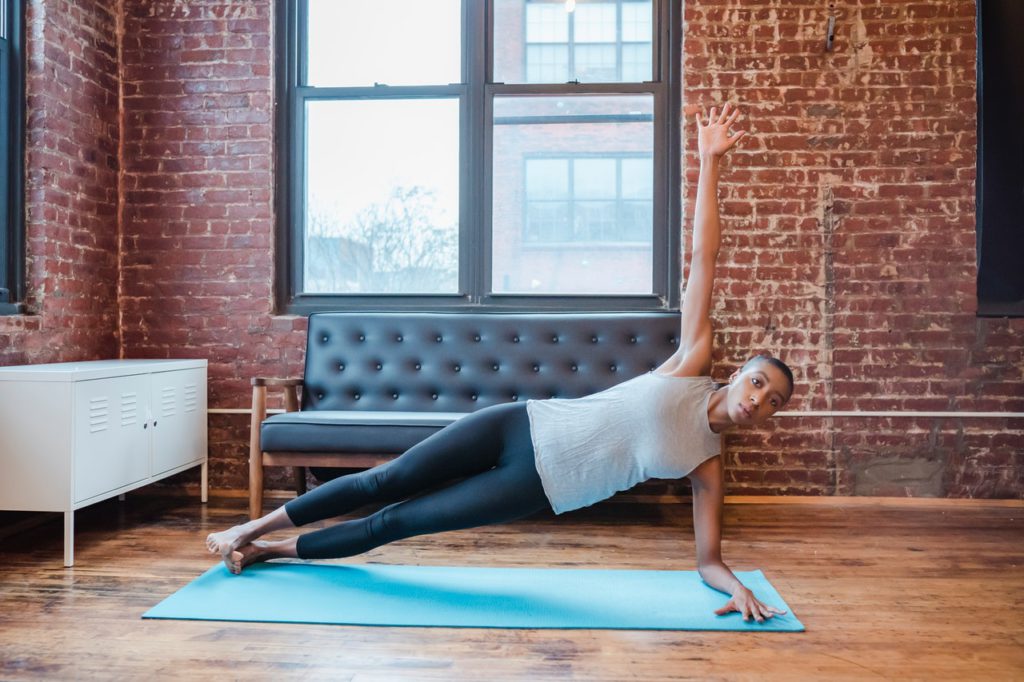
- Begin by coming down to your mat and laying on your right side. Keep your legs straight as you stack your left leg and foot on top of your right leg and foot.
- With your body still remaining planted on the mat, rest your right forearm on the mat. Your right forearm should now be lined up under your right shoulder.
- Engage your core as you slowly lift your hips off of the mat. Your body should now form a straight line from your feet to your shoulders.
- As for your left arm: you may place your left hand on your hip, or even straighten it out and reach towards the ceiling if you’re up for a challenge.
- Hold this pose for a few breaths before gradually bringing your hips back down to the mat for a swift recovery break. Next, recycle this pose by turning onto your left side.
Eagle Pose
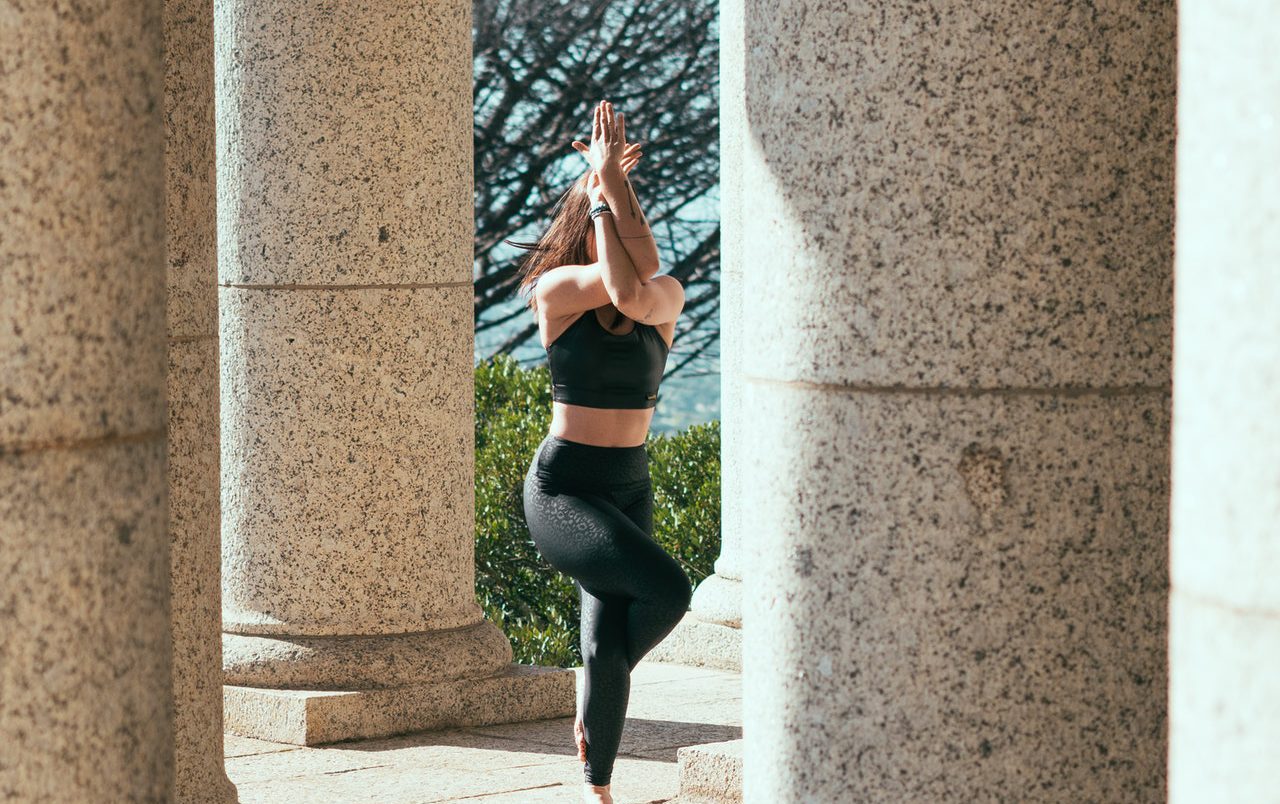
- From Mountain Pose, give your knees a slight bend and begin shifting your weight back and forth between both sides.
- Then, as you slowly lift your left foot, shift your body weight onto your right leg. With your left knee bent, cross your left thigh over your right thigh. As you point your left toes in a downward direction towards the mat, hook your left foot behind your right calf.
- Straighten and stretch both arms out so that they are parallel to your mat. As you bend your elbows, place your right arm over your left. Hook your right elbow into the crevice of your left elbow, then place your palms together. From here, you can raise your forearms up so that they are at eye level (and your elbows at shoulder level) and perpendicular to your mat.
- Be mindful of your shoulders – keep them relaxed and ensure that they are not scrunching up to your ears.
- Try to maintain this pose for a few breaths before slowly uncrossing your arms and legs. Try this pose on the alternate side and see if you feel any difference in ease and balance between the right and left side of your body!
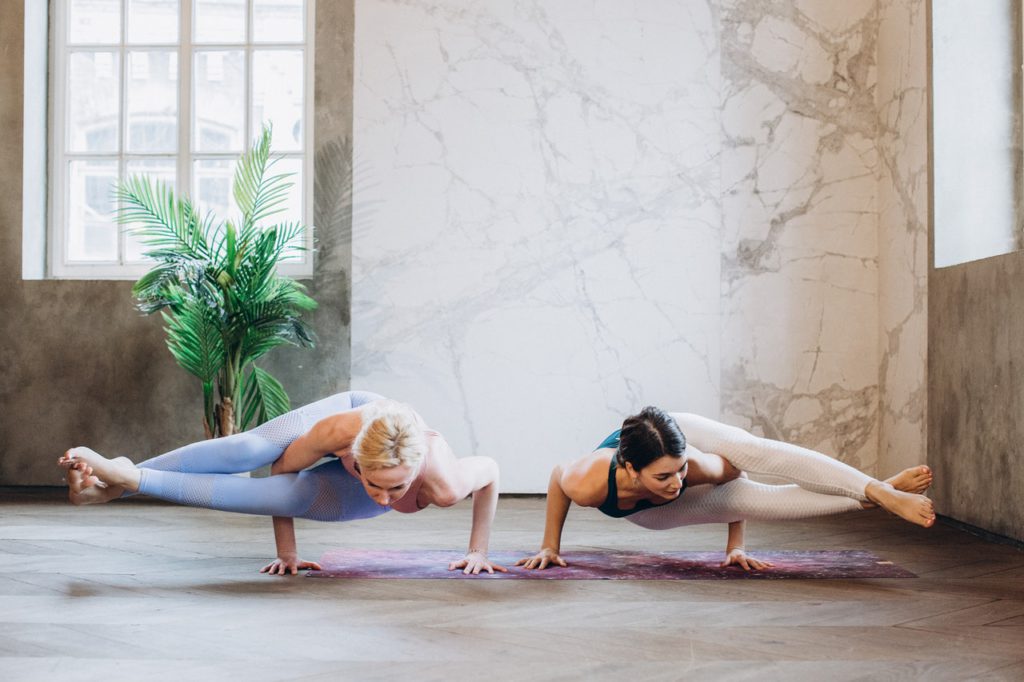
Balance is often characterized as a “use it or lose it” skill. Despite its importance and involvement in numerous aspects of our physicality, good balance is not a skill that is commonly trained for. We highly encourage you to incorporate balance training into your workout regimen and see the results for yourself! For more resources related to yoga-centric health and wellness tips, feel free to check out our MixPose blog!


